

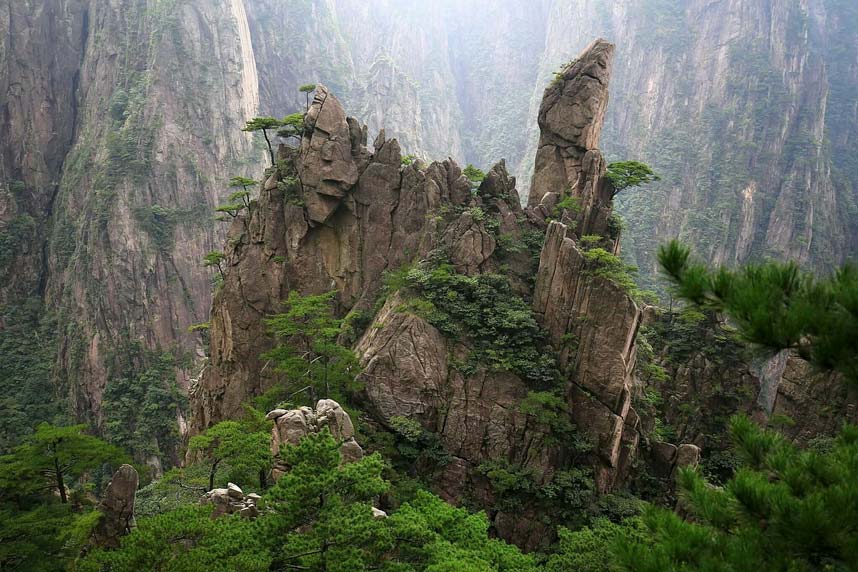
UNESCO Global Geoparks, these geological wonderlands are more than just picturesque vistas – they’re vibrant hubs of heritage, conservation, and sustainable tourism!
In this article, we’re going to dive deep into the realm of UNESCO Global Geoparks, exploring their significance, characteristics, and the remarkable contributions they make to our world. So, let’s dive in!
Cover image is of Huangshan UNESCO Global Geopark
UNESCO Global Geoparks are protected areas that showcase the earth’s natural beauty, history, and science.
To get more into what a Geopark is past just its official definition you could Imagine a place where the ancient story of Earth’s history is painted across the terrain – a living museum that tells tales of ancient volcanoes, shifting tectonic plates, and the evolution of life itself. That’s precisely what UNESCO Global Geoparks are. These geologically rich regions are not only stunning landscapes but also treasure troves of scientific knowledge and cultural heritage.

Today, across the globe, there are 195 UNESCO Global Geoparks that span 48 countries and many cultures. From the towering peaks of the European Alps to the serene beauty of Asian landscapes, these Geoparks form a tapestry of our planet’s diversity. Each geopark is a piece of the puzzle, contributing its unique geological, cultural, and ecological insights into the world.
China has the most UNESCO Global Geoparks, with a total of 41 parks scattered throughout the country.
With the staggering count of 41 Geoparks, China leads the pack in the endeavour to preserve and celebrate our Earth’s geological heritage. This vibrant nation’s commitment to Geoparks underscores the global significance of these spaces in fostering education, conservation, and sustainable tourism.
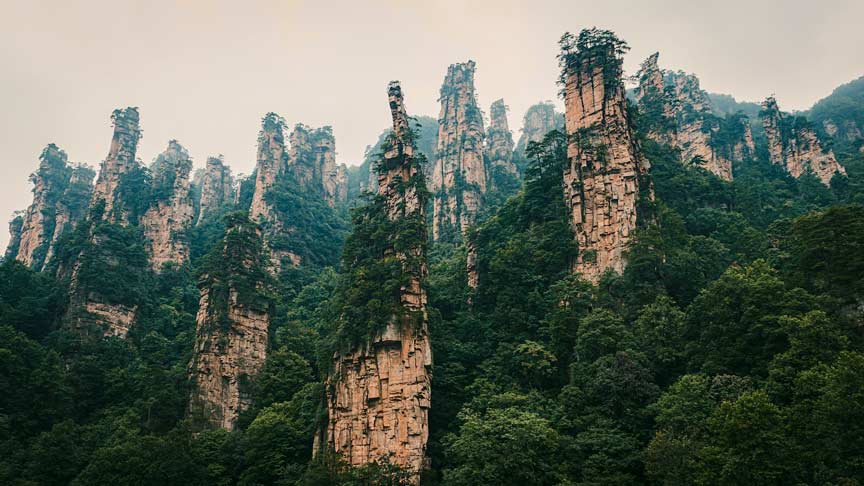
UNESCO Global Geoparks aren’t just a one-size-fits-all concept. They come in a variety of flavors, each with its own distinct charm and character, with this in mind UNESCO Global Geoparks can be categorized into six main types:
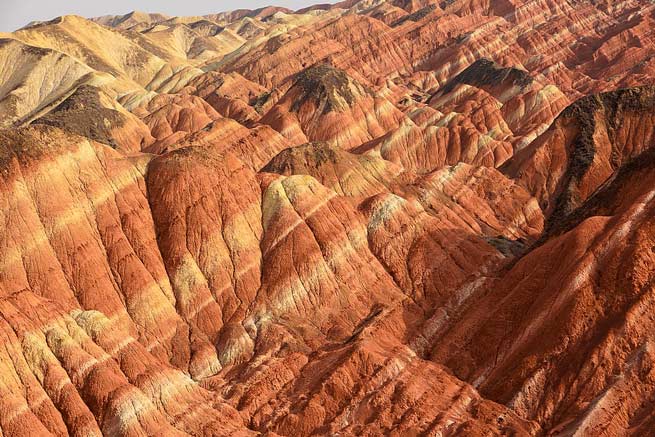
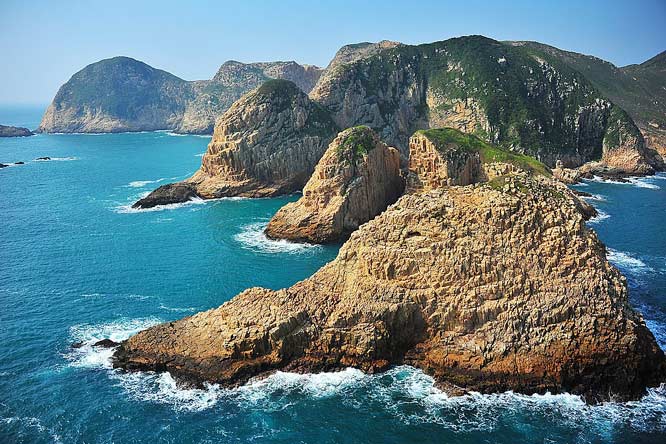
Becoming a UNESCO Global Geopark is no walk in the park. It requires meeting a rigorous set of criteria that encompass geological, cultural, educational, and community engagement aspects. Here’s a peek into the criteria that can help elevate a region to the esteemed status of a UNESCO Global Geopark:
National parks and UNESCO Global Geoparks might seem similar at first glance, but they have distinct focuses. While national parks often emphasize biodiversity and natural beauty, UNESCO Global Geoparks are all about the Earth’s geological heritage. They’re like outdoor museums that showcase the planet’s history written in stone, inviting us to explore and learn about the processes that shaped our world.
That being said it is quite common for UNESCO Global Geoparks to be found within national parks and vice versa. A famous example would be “Zhangjiajie National Forest Park” which is not only a Geopark but also a forest park and a national park!
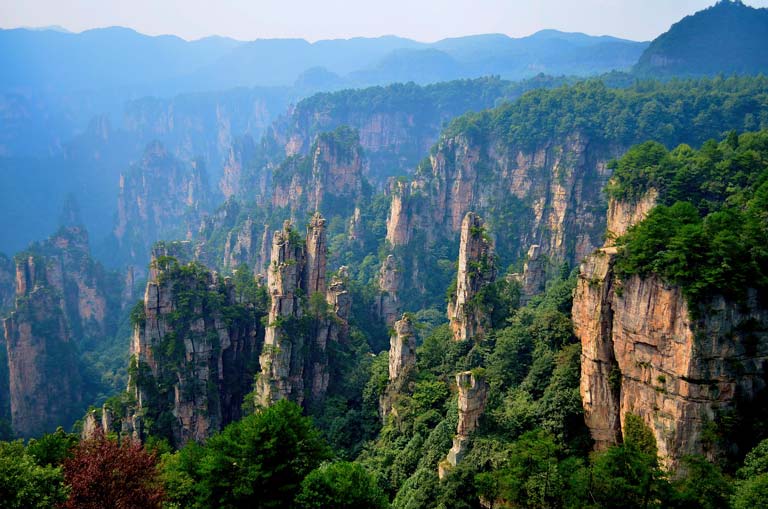
The responsibilities of a UNESCO Global Geopark extend far beyond showcasing stunning landscapes. They encompass:
The management of UNESCO Global Geoparks is a collaborative effort that involves local communities, experts, authorities, and various stakeholders. This collective approach ensures that the geopark’s conservation, education, and sustainable development goals are achieved harmoniously.

By designating areas of outstanding natural beauty and significance as UNESCO Global Geoparks, these sites receive international recognition and protection. This status helps safeguard against threats such as habitat destruction, and unsustainable resource exploitation.
And as we mentioned previously, UNESCO Global Geoparks promote sustainable development practices, such as ecotourism, education, and community engagement, which help reduce human impact on the environment!
While UNESCO Global Geoparks offer incredible opportunities, they also face challenges:

UNESCO Global Geoparks offer unique and enriching travel experiences for visitors, providing opportunities to discover and appreciate the earth’s natural wonders. Responsible tourism in these areas supports local economies, creates jobs, and raises awareness about the importance of conservation and sustainable development.
Visitors to many Geoparks can enjoy a variety of activities, such as guided walks, hiking, birdwatching, and educational workshops, while still contributing to the protection of these extraordinary places.
While there are 195 UNESCO Global Geoparks in the world, to finish off this article I thought it would be nice to show you just a few of the amazing Geoparks of the world!
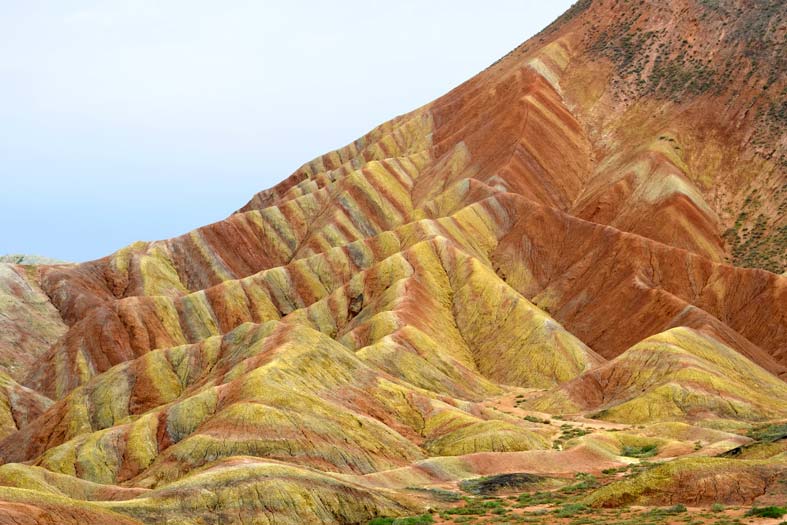
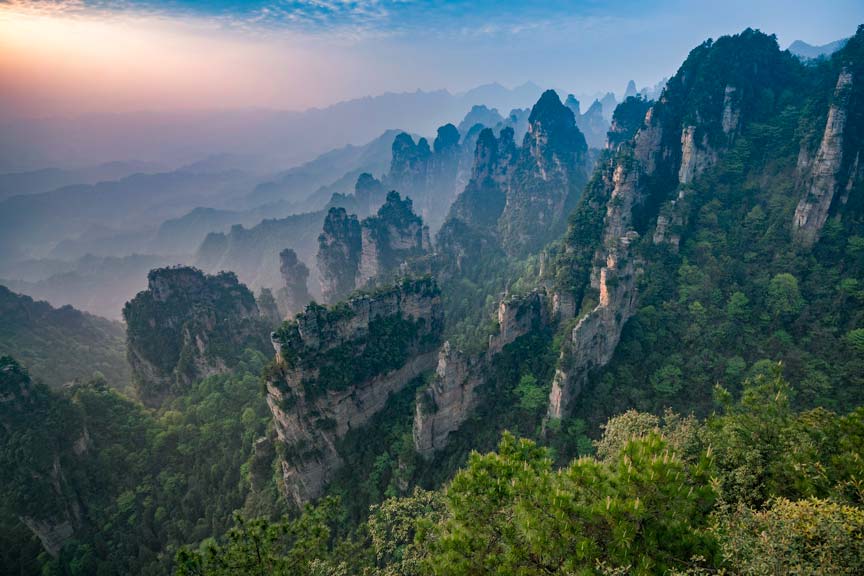
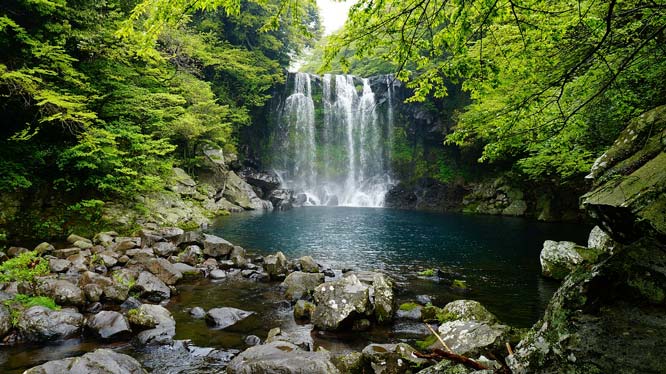
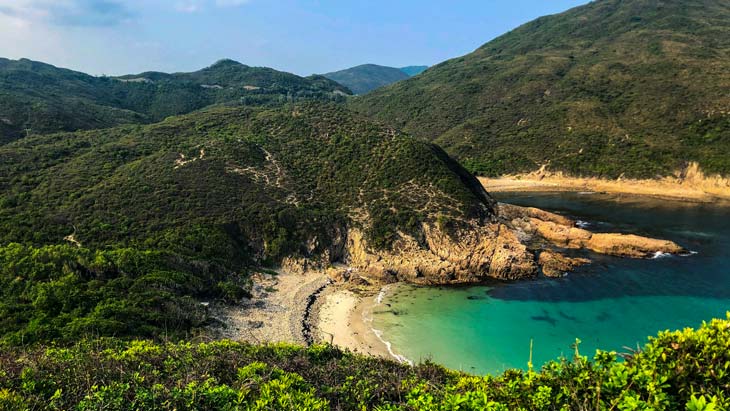
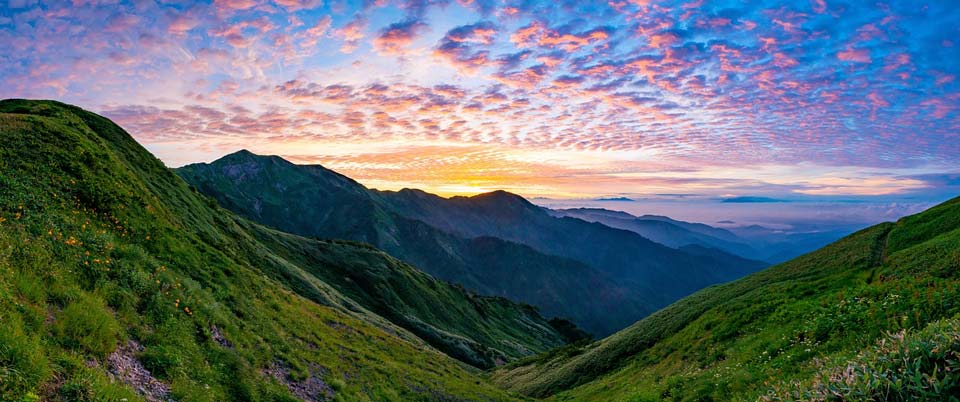
UNESCO Global Geoparks are more than destinations; they’re proof of our planet’s remarkable history and the harmonious coexistence of nature and culture. As these Geoparks continue to bridge the gap between science, heritage, and sustainable tourism, they remind us that we’re custodians of Earth’s wonders – entrusted with their preservation and the stories they tell. So next time you plan a trip, consider visiting a UNESCO Global Geopark and immersing yourself in the natural beauty and wonder that our planet has to offer!
